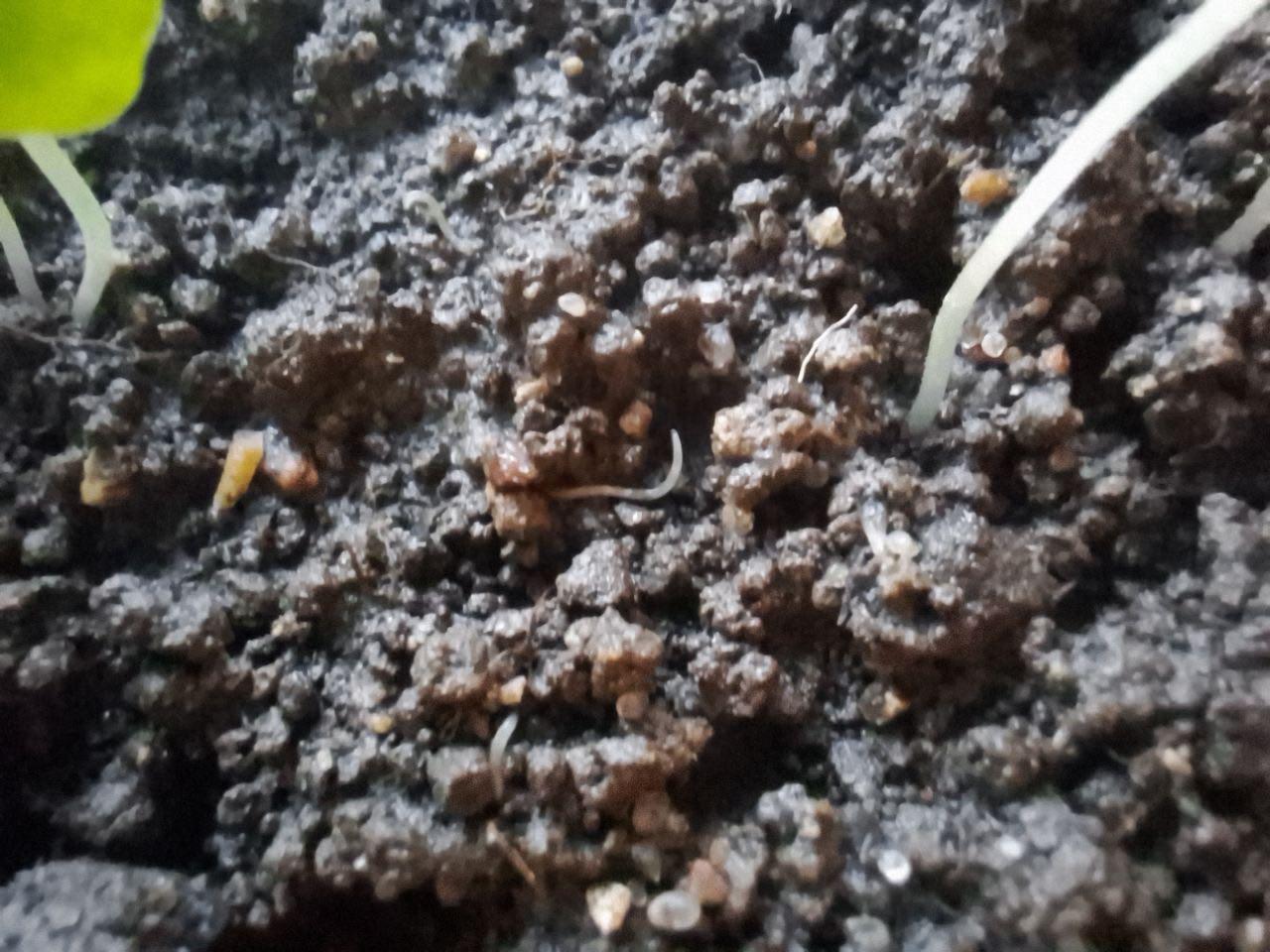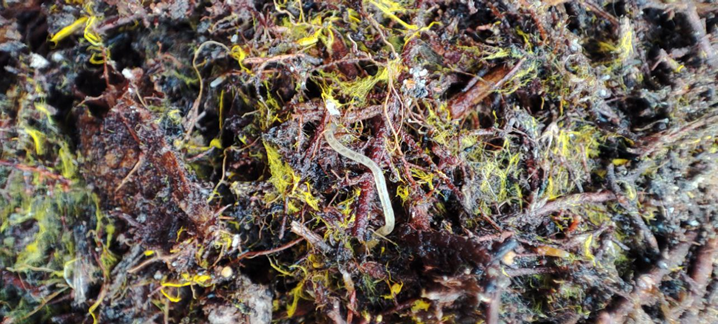
Enchytraeids (Annelida, Clitellata, Enchytraeidae) are small relatives of earthworms that can be found in moderately moist soils around the world. These are one of the most important organisms in the soil that decompose plant litter. Despite their widespread distribution, for a long time representatives of the enchytraeid family were considered as an ecologically homogeneous group, ignoring possible differences between species. However, a new study conducted by specialists from the laboratory for studying the ecological functions of soils of the Institute of Ecology and Evolution of the Russian Academy of Sciences showed that enchytraeids can be classified into several trophic guilds depending on their feeding preferences, morphological and environmental features.
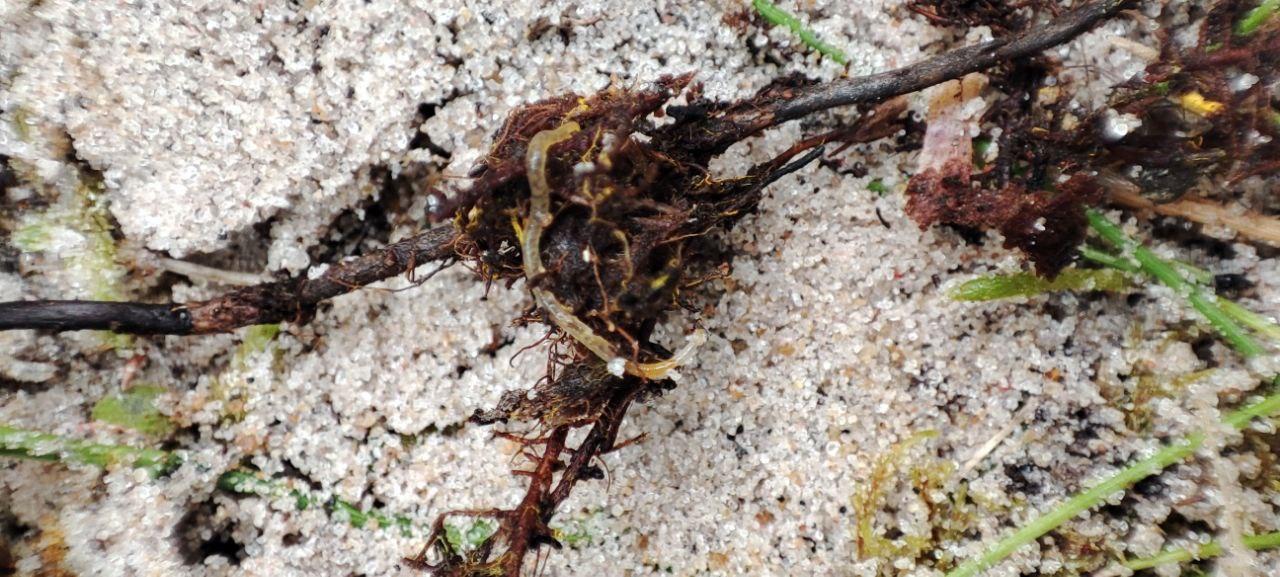
To assess the trophic niches of 16 widespread enchytraeid species living in various biomes and biotopes throughout European Russia, stable isotope analysis of carbon and nitrogen was carried out. The results showed that, judging by the fairly high 15N content in enchytraeid tissues, all members of the family are secondary decomposers that receive nutrients not only from decomposing organic matter, but also from the microorganisms living in it. At the same time, the large scatter of δ13C and δ15N values allows us to divide enchytraeids into three trophic guilds by analogy with the ecological groups of earthworms (Fig. 2).
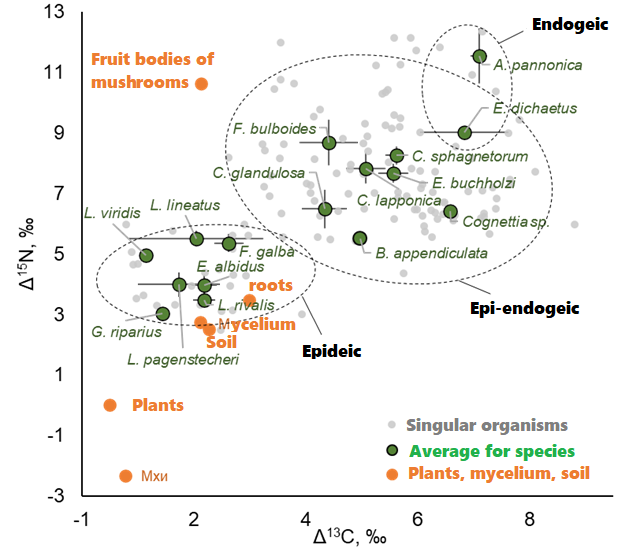
Epigeic enchytraeids live in forest litter and algae washed up on the sea coast, and feed mainly on plant particles along with the saprotrophic microorganisms found on them. Epi-endogeic enchytraeids inhabit the lower layers of microbiologically treated litter and mineral soil. The variability of the isotopic composition within the group and even within the species indicates the consumption of a wide range of resources, consisting of various saprotrophic microorganisms (bacteria, fungal mycelium) and highly decomposed plant litter. Epigeic enchytraeids penetrate deeper into the soil using capillary moisture, where they feed on highly humified organic matter and associated microorganisms and dissolved organic compounds.
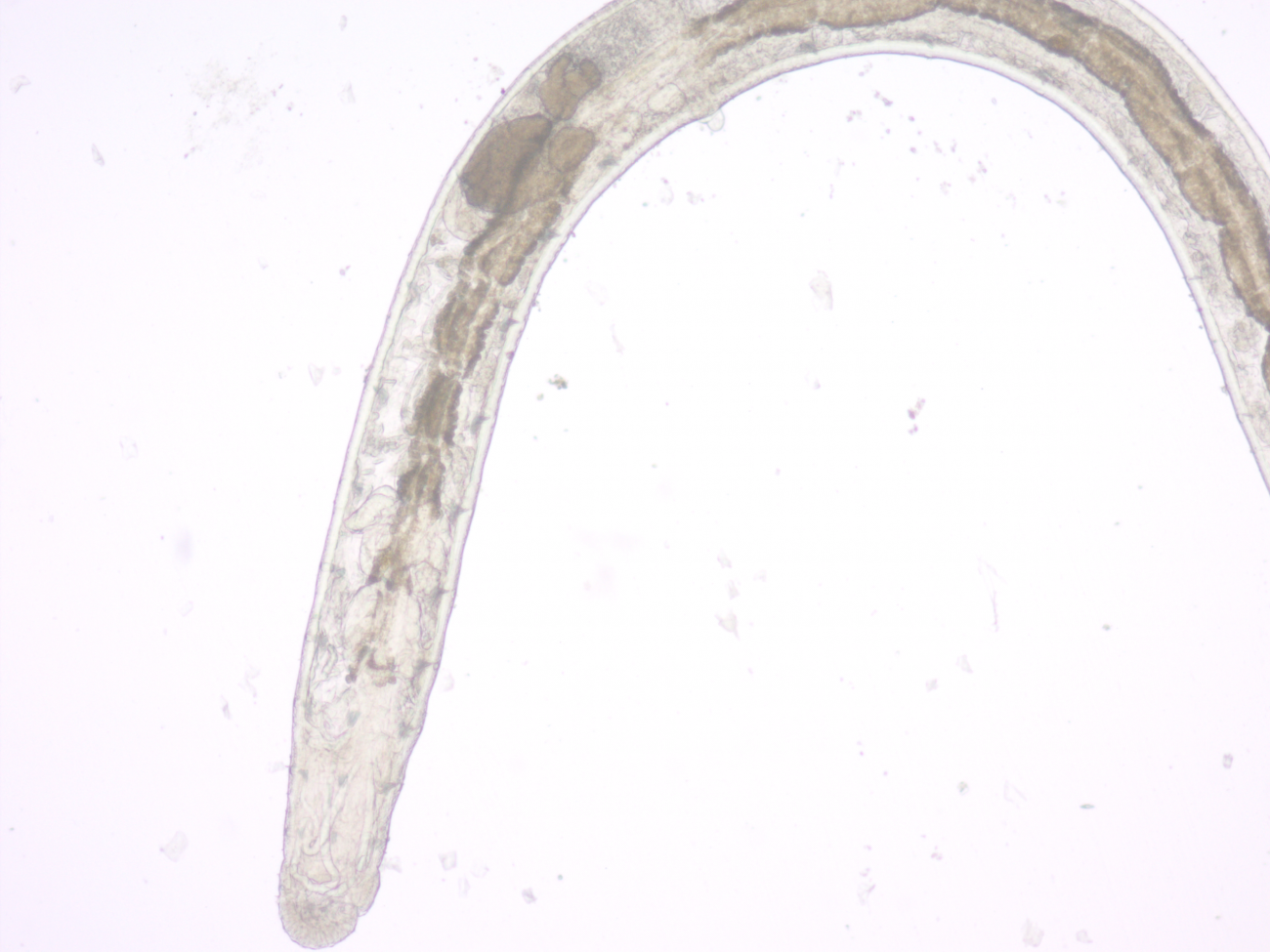
“This work allows us to see enchytraeids not just as a homogeneous group, but as many diverse units that act differently in the soil and make unique contributions to the food web,” the study authors note. The work was carried out with financial support from the Russian Science Foundation (project No. 22-14-00227).
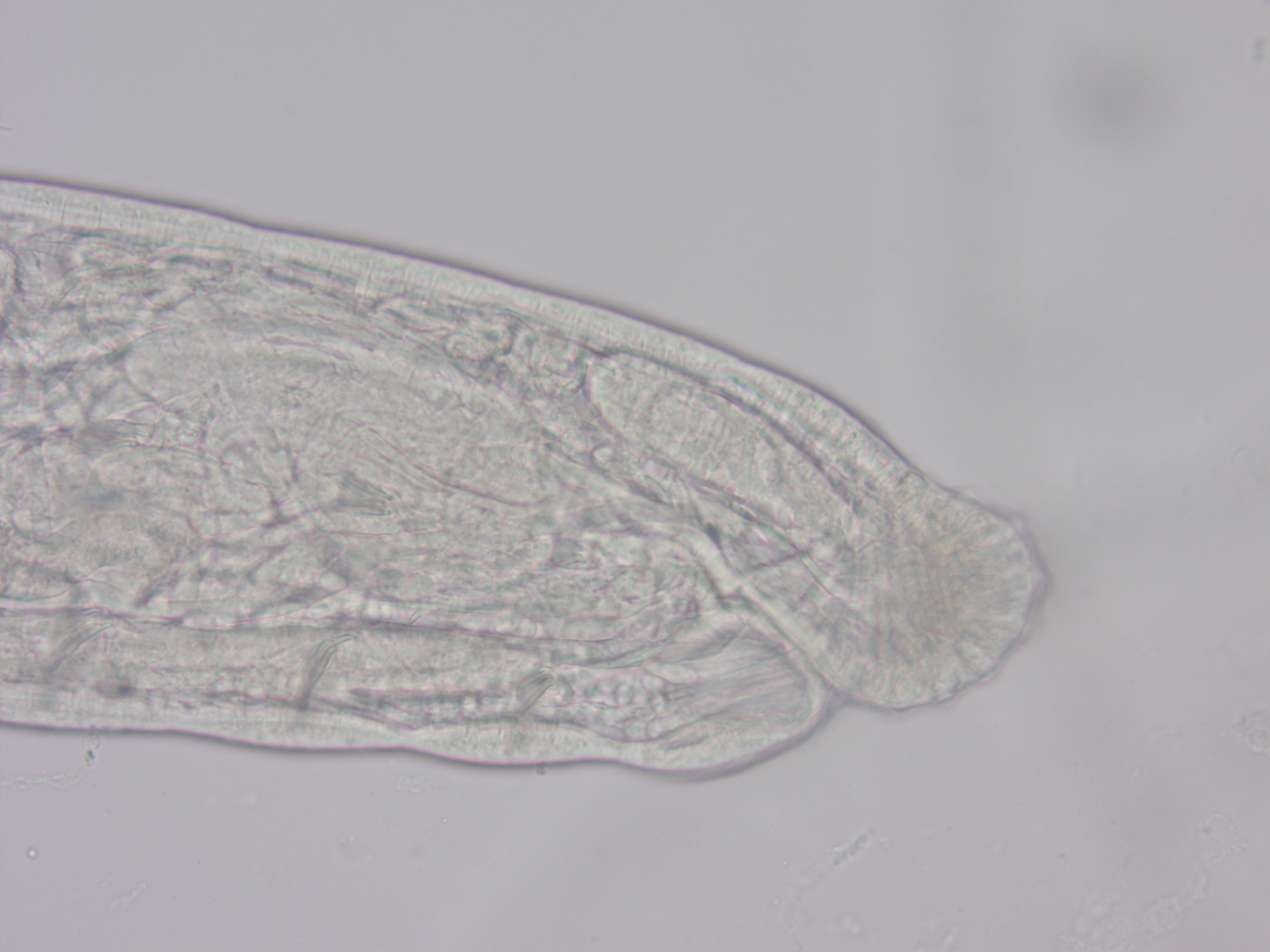
The results of the work were published in the journal Soil Biology and Biochemistry. D.I. Korobushkin, P.A. Guseva, K.B. Gongalsky, R.A. Saifutdinov, A.S. Zaitsev, M.I. Degtyarev. Are there different trophic niches of enchytraeids? A stable isotopic (δ13C, δ15N) evidence. Soil Biology and Biochemistry, Volume 194, April 2024, 109422, https://doi.org/10.1016/j.soilbio.2024.109422
